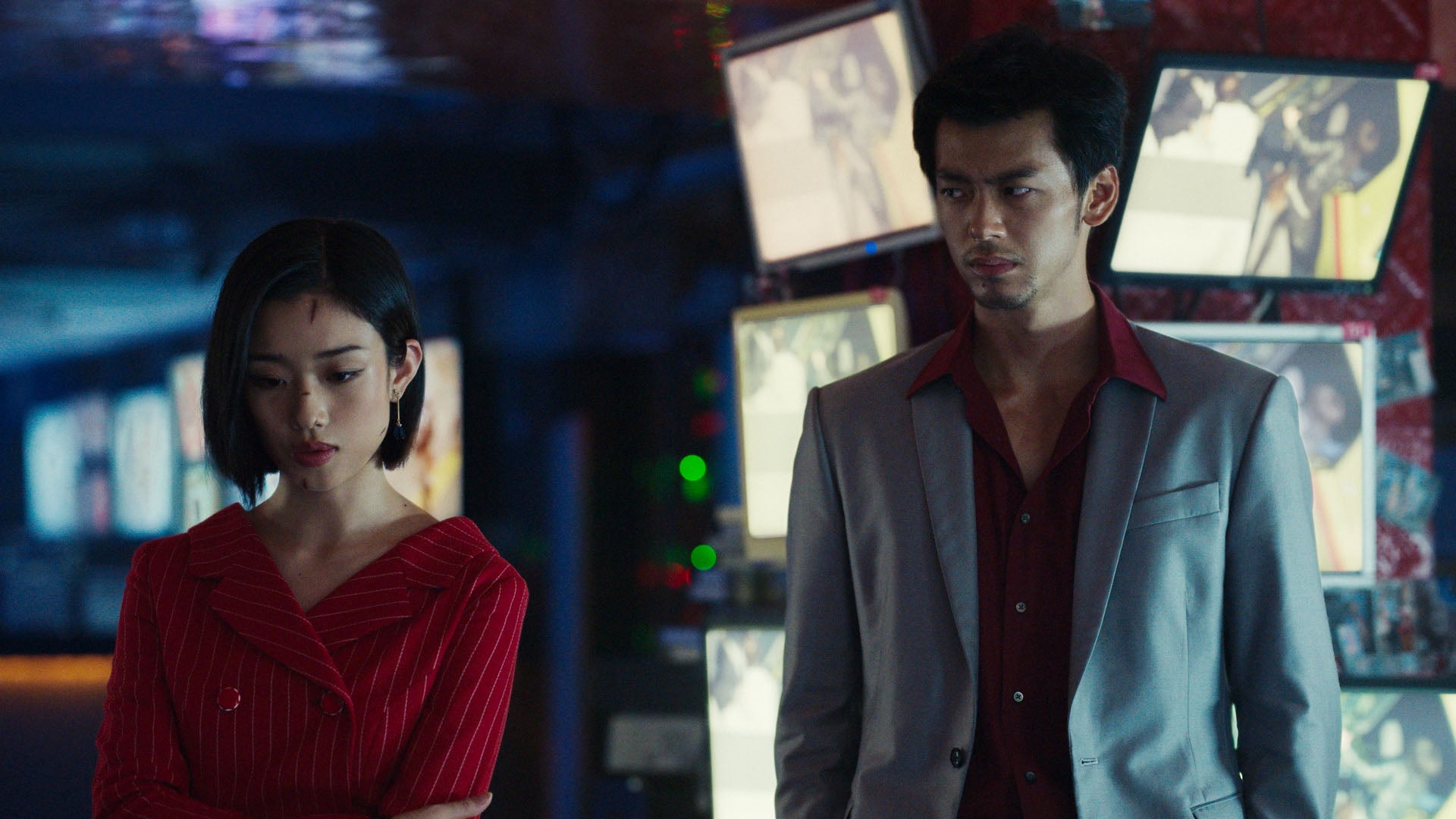Like a Dragon: Yakuza series 1 reviewProduced by: Amazon MGM Studios, Wild Sheep Content, 1212 EntertainmentReleased via: Prime VideoAvailability: Episodes 1-3 available on Prime Video now. Eps. 4-6 launch October 31st
To a casual observer, adapting Ryu Ga Gotoku Studio’s swaggering action-RPG looks like a much more straightforward, greenscreen-free proposition. No need to build clanking mech armour or deploy CGI sleight-of-hand to convincingly remove your leading man’s nose. The Yakuza brand started out as a contemporary street-level Tokyo crime saga, albeit one capable of reaching operatic heights of melodrama. Thanks to an obsessive amount of architectural and anthropological detail, its fictional setting of Kamurocho has always felt palpably real, from the iconic red gate on Tenkaichi Street to the tight, cluttered warren of the Champion District.
So far, so quotidian. But anyone who has sunk dozens of hours into a Yakuza game knows that there is much more to it than just a hard-boiled crime story, wince-inducing combat and an unparalleled sense of place. There’s all the secondary stuff that can end up monopolising your time: the sidequests assisting eccentric locals; the claw machines and arcade cabinets of Club SEGA; the (incentivised) urge to try every delectable-looking dish in Kamurocho’s smorgasbord of restaurants. Around every corner, another potential distraction.
For many fans, it feels like the Yakuza sweet spot is probably somewhere between smashing a street punk in the face with a giant traffic cone and accruing the right mix of slot car components to convincingly win a Pocket Circuit race. To get the most out of the screen adaptation, though, it is probably best to recalibrate expectations. Put down that karaoke microphone, set aside the more recent, proudly outlandish Like a Dragon entries and spool your mind back to the earliest, grittiest days of the franchise.
The touchstone here is the original Playstation 2 game from 2005, although thanks to the polished and highly popular 2016 remake Yakuza Kiwami the plot setup feels fresher in the memory than that 20-year-old provenance might suggest. The game was primarily set in 2005, with disgraced yakuza Kazuma Kiryu back on the streets after ten years in the slammer. After the disappearance of a vast amount of yakuza funds, Kiryu was tasked with recovering the missing dough before Kamurocho was engulfed by all-out gang war. This lanky urban ronin awkwardly reconnected with old allies and enemies along the way.
The new six-part screen adaptation – produced in Japan with the blessing of Ryu Ga Gotoku Studio head Masayoshi Yokoyama – builds out that story into two distinct timelines while lightly remixing some of the plot elements and characters. More emphasis is put on Kiryu’s formative friendships at the Sunflower Orphanage: in 1995, we are introduced to reckless youngsters Kiryu (Ryoma Takeuchi), Nishiki (Kento Kaku), Yumi (Yumi Kawai) and Nishiki’s younger sister Miho (Hinano Nakayama) in the middle of a scrappy heist. This raid on a Kamurocho arcade also efficiently establishes the outlaw spirit of the setting for anyone unfamiliar. (While trying to pick a lock, Nishiki is interrupted by a security guard hefting a shotgun. “Why do you have that!?” wails Nishiki. “Because this is Kamurocho,” replies the guard, matter-of-factly.)
